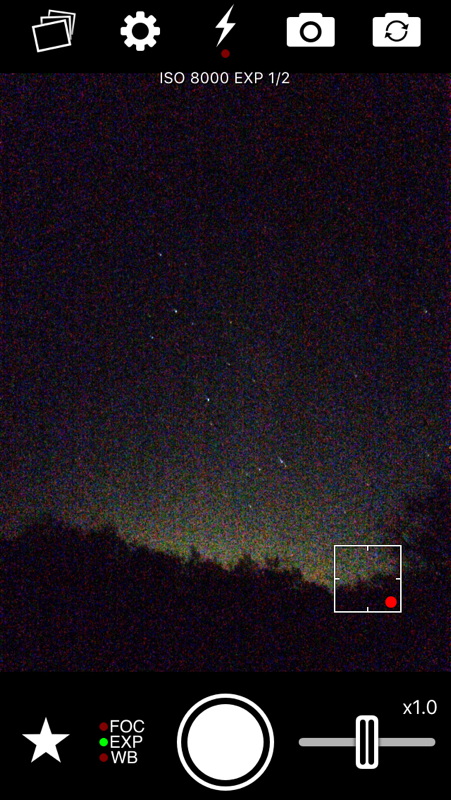Critter Guest (again), Nova V5669 Sagittarii
Posted: 9 October 2015
After having clear skies for much of Thursday, 8 October, which allowed me to photograph the Venus-Moon conjunction, clouds began moving into the area from the northeast during the afternoon. The low pressure system which caused cloudy skies and some storms during the previous few days, and which had moved to the east, turned around and began moving westward. Unusual for a low pressure system to do that here. However, as sunset approached, the clouds moved off to the southwest, leaving mostly clear skies.
|
Open: Thursday, 8 October 2015, 1808 MST Temperature: 81°F |
Session: 865 Conditions: Mostly clear |
1814 MST: viewed Saturn, low in the southwestern sky, 83X. Then began preparations to image the nova in Sagittarius that was discovered on 27 September: V5669 Sagittarii. It is currently about Magnitude +9. First, I slewed the telescope to Alpha Sagittarius and SYNCed the AutoStar on it. It was still about an hour before the end of Astronomical Twilight.
I then saw that my guest who had visited the observatory back in Sepember had returned for another visit:

Click or tap on image for larger version
1841 MST: slewed to Gamma Sagittarius. 1902 MST: I handheld the iPhone 5s for this screen capture of Sagittarius as seen in NightCap Pro:

Mounted the iPhone 5s piggyback on the 8" LX200-ACF using my new SteadyPix afocal adapter (review still forthcoming). 1926 MST: Sagittarius, cropped from the full-frame photo, NightCap Pro (Long Exposure, Light Boost, ISO 8000, 1/2sec, 1 minute exposure):

I hoped to capture the nova with the iPhone 5s but I could not convince myself that I did given the digital noise in the image. The nova might be there and it might not.
I removed the iPhone and mounted the D7200 DSLR piggyback. I checked the focus using the Gerd Neumann Bahtinov Mask for Camera Lens, zoomed the lens to image the "teapot" (FL 48mm) and did several images at various exposure settings. This is a 1 minute, ISO 6400, cropped image taken at 2007 MST:

Mouseover or tap on image for label
The faint nova is marked in the rollover image above.
2017 MST: clouds were now in the northern and southeastern sky. Slewed to Alpha Pegasus and SYNCed the AutoStar to prepare for my next imaging target, if the clouds would permit it.
Deciding that the clouds would not permit my planned DSO imaging, I slewed to Uranus; nice view at 83X. Then viewed Neptune, 83X.
2022 MST: checked the satellite image and saw that a large area of clouds was moving in from the northeast.
2030 MST: viewed M31 (Great Andromeda Galaxy) and its companion galaxies, M32 and M110, using 83X. Nice view as the clouds had not yet reached M31.
With the cloud cover increasing in both the north and south I decided to close up for the night.
|
Close: Thursday, 8 October 2015, 2054 MST Temperature: 64°F |
Session Length: 2h 46m Conditions: Mostly cloudy |
Comments are welcome using Email. If you are on Twitter you can use the button below to tweet this report to your followers. Thanks.
Cassiopeia Observatory Home Page
Copyright ©2015 Michael L. Weasner / mweasner@me.com
URL = http://www.weasner.com/co/Reports/2015/10/09/index.html
